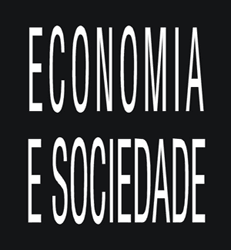Abstract
In order to understand the reasons that led certain locations to face more/less difficulties in dealing with COVID-19, the effect of some municipal characteristics, on the main statistics related to the disease, was estimated. For this purpose, cross-section data (with cases/deaths accumulated up until April 21, 2021), on the municipalities of Minas Gerais were considered, and Ordinary Least Squares, Poisson and Negative Binomial estimators were used, in addition to the Extreme Bounds Analysis technique. Small towns, with a larger number of public health clinics (known in Brazil as “basic health units”) and more young people would have fewer cases/deaths. Urban, hot, polluted locations with higher inequality, as well as greater economic activity and movement of employees, presented the greatest problems. Incidence/mortality would increase in hot cities, with greater economic activity and a history of comorbidity. However, mortality would decrease among the youngest/most educated people. Furthermore, lethality would be lower among the younger population and in sparsely populated (up to 150,000 inhabitants) and rainless cities.
Keywords:
COVID-19; Regional policies; Socioeconomic determinants
